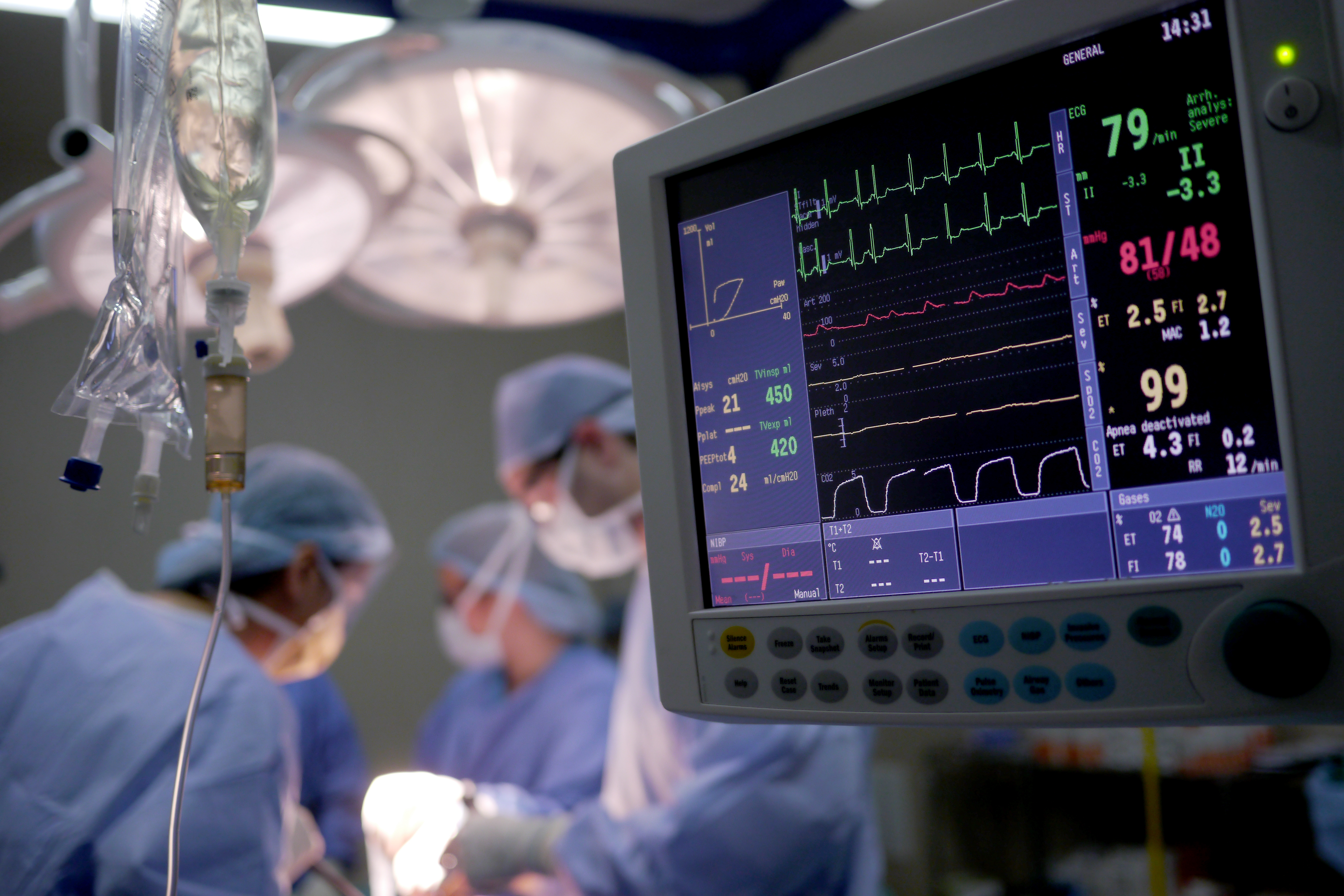
(Vienna, 14 February 2024) Severe heart disease or pulmonary hypertension often lead to a leak in the tricuspid valve, the valve between the right atrium and the right ventricle. However, tricuspid regurgitation can also occur without a clearly identifiable cause. In the past, this leakage was mainly treated with medication using diuretics and, for some years now, with clips inserted into the heart valve. Severe leaks could not be adequately remedied with these methods. With catheter-based valve replacement, a minimally invasive procedure is now available as a new treatment option for severe cases. The procedure was successfully performed via the groin for the first time in Austria at the Department of Medicine II of University Hospital Vienna and MedUni Vienna. It was the third implantation of this new type of heart valve worldwide.
If the heart valve between the right atrium and right ventricle no longer closes, blood flows back into the right atrium with every contraction of the right ventricle. This pendulum flow in the right heart leads to heart enlargement and right heart failure. The consequences are shortness of breath, water retention in the abdomen and legs and even kidney dysfunction. Therapeutically, tricuspid regurgitation has so far mostly been treated with medication and diuretics. For some time now, clip systems have been implanted to treat the leak. In the so-called "edge-to-edge repair" procedure, two heart valve leaflets are connected with an implant. However, this procedure has not achieved sufficient results in patients suffering from severe insufficiency. For these patients, a new generation of heart valves now offers a new treatment option. "In contrast to the clip system, which has already been in use for some time, the new tricuspid valve replacement involves completely replacing the heart valve. This means that even severe leakage, which was previously difficult to treat, can be treated minimally invasively via the groin," says Philipp Bartko from the Department of Medicine II and Head of the Program for Interventional Therapy of Structural Heart Diseases.
In December 2023, the complex procedure was successfully performed for the first time in Austria by an interdisciplinary team of experts from cardiology, cardiac surgery, vascular surgery, radiology, anesthesia, nursing and technicians in the hybrid operating room at University Hospital Vienna. "With a valve opening area of 7 to 9 cm2, the tricuspid valve is very large. It has a versatile anatomy and can therefore also be insufficient in many ways. The new heart valve implant adapts to the anatomy as it unfolds. This almost always completely eliminates the insufficiency. Close interdisciplinary cooperation and, in particular, multimodal imaging are crucial to the success of the procedure. Collaboration with the Department of Biomedical Imaging and Image-guided Therapy is a prerequisite for successful treatment," says Varius Dannenberg from the Clinical Division of Cardiology, Department of Medicine II at University Hospital Vienna and MedUni Vienna. In order to optimally prepare for the procedure, the interdisciplinary team practiced the implantation on a three-dimensional phantom model before the operation. The implant was inserted through the groin for the third time worldwide.
The catheter-based form of therapy enables gentle treatment for patients and offers an additional treatment option for patients with complex heart valve diseases. "In the interdisciplinary heart team meetings at University Hospital Vienna, individual treatment strategies are developed in the spirit of personalized medicine in order to achieve the best possible results. We are delighted to be able to expand the treatment options with catheter-based tricuspid valve replacement," says Christian Hengstenberg, Head of the Clinical Division of Cardiology, Department of Medicine II at University Hospital Vienna and MedUni Vienna.